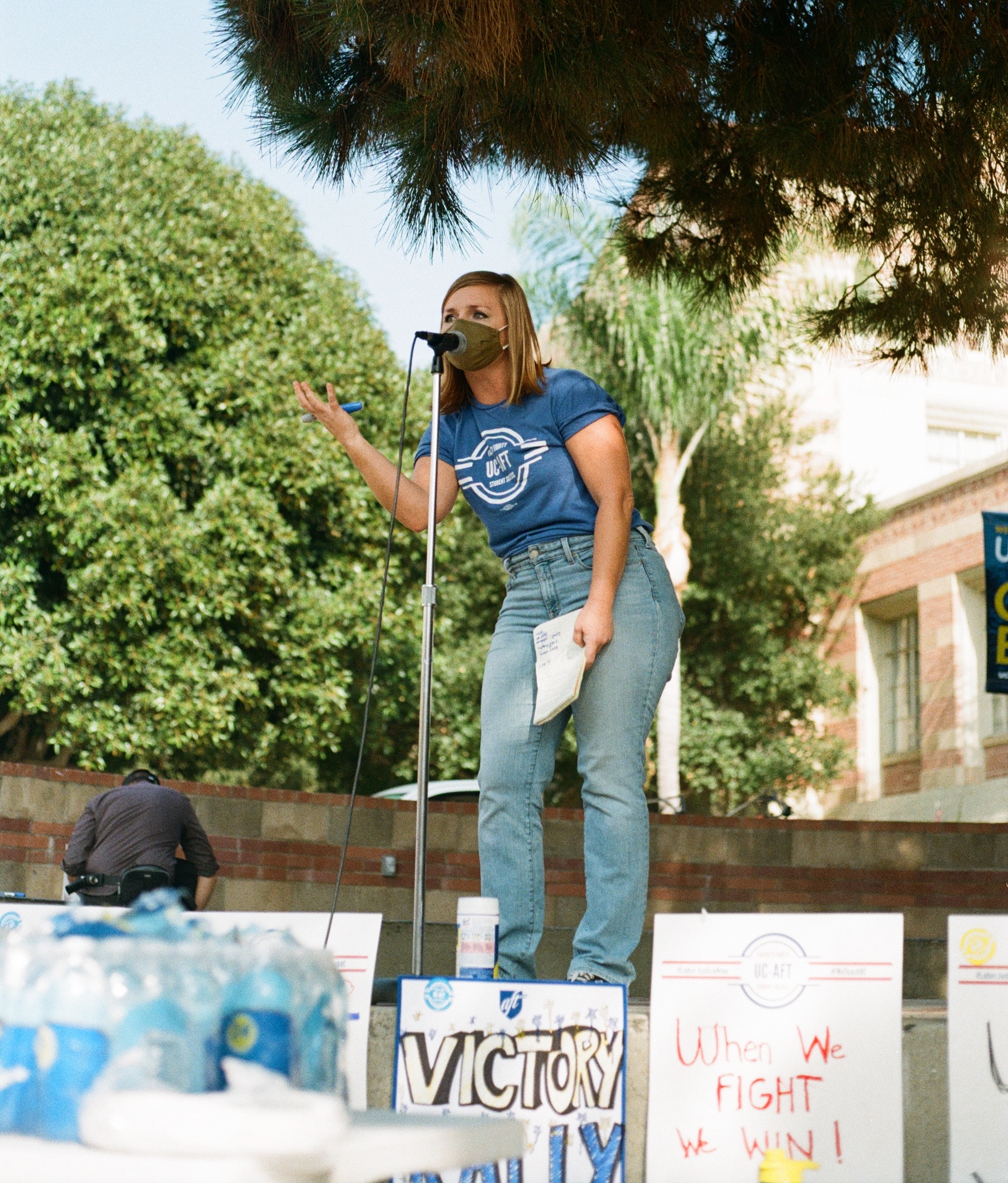Photo by Zoë Collins (She/Her)
In the face of an increasingly polarized racial and political landscape, some commentators have carefully noted that Democrats are at a crossroads in terms of their party’s approach to white appeasement politics, where the party’s multi-racial, progressive base is at odds with the party’s approach to the majority and coalition building in the House and Senate through suburban, often white voters.
Yet the Virginia election has shown that the recent political landscape is one divided by cultural politics, demarcated and separated by keystone issues like Critical Race Theory in classrooms and COVID-19 school policies, with the victory of Republican candidate Glenn Youngkin over former Virginia Governor Terry McAullife. Suburban, white voters may have resonated with Republican attacks against Democratic policies and rhetoric particularly concerning racial and social justice. Although this isn’t the only explanation for this electoral outcome, the cultural divide that these issues frame about elections is not new.
However, in all of the racialized politics of today comes an important lesson for not only Democratic politicians, but also any party seeking to effectively capture voters from a multi-racial coalition: the concept of the union.
In a recent interview with OutWrite, Tobias Higbie, Chair of the Labor Studies department here at UCLA, said that unions stand out from other political organizations by the very nature of how they come about.
“They’re not self-selected organizations the way most other political organizations are. So you have a cross-section of the population… [U]nions tend to be bridging organizations that bring together people of different religious and ethnic backgrounds, racial backgrounds, increasingly men and women, and, and even, you know, more recently the LGBTQ community,” he said.
Labor and the belief in workers’ rights are often what makes Democratic candidates the so-called default for so many union candidates. Unions negotiate for higher wages, benefits, etc. which parallel Democratic policy efforts to increase these benefits from the governmental side. In fact, take it from the president of the Union of Steelworkers in 2008, a white man who spoke to his members:
“‘Our kids are moving away because there’s no future here,’ Trumka said in the United Steelworkers convention address. ‘And here’s a man, Barack Obama, who’s going to fight for people like us, and you won’t vote for him because of the color of his skin? Are you out of your ever-loving mind?’ The audience erupted in applause.”
Unions have the potential to politically trump racial and economic lines created by the current political landscape. They did so in 2008 with a blowout victory for former President Obama, who won with a strong coalition that included working-class white voters. In fact, later analysis found that white working-class voters in unions were more likely to vote for Obama than those who were not.
Higbie noted that unions have the power to sway voters away from cultural, wedge issues wielded by the GOP.
“If we think about unions as being part of a broader working people’s movement, or coalition or set of movements,” Higbie said, “we can think about how things like fighting for a higher minimum wage, or universal health care or universal childcare, things that are really really popular, would help people a lot, including Republican people.”
But what does the landscape of union membership look like now? Although it has been on the decline, several recent workers’ movements highlight not only the efficacy of unions at generating positive sentiments, but also at garnering political and social attention. Even here at UCLA, there have been noticeable strikes from faculty.
In 2021, a Starbucks chain in Buffalo, NY was the first ever to officially unionize, prompting a chain reaction across the country. Kellogg’s workers secured an increase in benefits after a nearly three-month strike. Although a recent effort to unionize amongst Amazon workers in Alabama failed, it garnered the attention of national media. In this failure, it was discovered by the NLRB, or National Labor Relations Board, that Amazon illegally interfered in the union voting process, and a re-vote is scheduled to take place.
“More people are working in retail, like the Starbucks world, or logistics like Amazon, and wages have not gone up,” Higbie said. “…[G]enerally speaking, wages have been stagnant because the employers have been able to, even where there are unions, the threat of closing the factory and moving into another country to discipline the workers and keep them from demanding too much.”
Amazon’s case in particular gives an insight into what politicians, left or right, can do to help themselves amongst a multi-racial coalition of working-class voters. The very agency that discovered Amazon’s interference in union formation, the NLRB, would be strengthened by legislation such as the PROAct, which would establish civil penalties for employers who violate federal labor laws and make NLRB orders self-enforcing. There is legislation available to support unions, especially in the context of their decline over the years.
Higbie added that increased resignation rates, the union-favoring position of the NLRB under President Biden, and the COVID-19 pandemic all worked together to create a more favorable environment for unionization.
The lessons from 2008 to the recent Virginian election are palpable: racial and political polarization, two inherently tied ideas in our modern political environment, determine so much of electoral outcomes. To cross-racial and political lines through an economic message of supporting unions can resonate not only with a large coalition of voters but with the larger social context of a distaste for work and labor.
“[Unions] become these bridging groups,” Higbie said. “And they are one of the few political structures that’s out there with resources that can educate voters and be a venue for political conversations.”
Credits:
Author: Shaanth Kodialam (They/Them)
Artist: Zoë Collins (She/Her)
Copy Editors: Brooke Borders (She/Her), Bella (She/They)

